What Defines a “Biggest” Tarantula
When we talk about the biggest tarantulas, we’re venturing into a fascinating realm of arachnid giants. But what exactly makes a tarantula “big”? The answer isn’t as simple as it seems. Several factors come into play, and understanding these nuances is crucial to appreciating the true scale of these impressive creatures. Size can be measured in various ways, leading to different rankings and considerations. Often, the perceived size of a tarantula is the first thing that comes to mind, but that’s just the tip of the iceberg. It’s a combination of different metrics that truly paints the picture of a colossal tarantula.
Leg Span vs. Body Length
One of the primary ways to gauge the size of a tarantula is by its leg span. This measurement, taken from the tip of one leg to the tip of the opposite leg when the spider is stretched out, often provides a striking visual impression. A larger leg span generally indicates a more impressive size. However, leg span can be somewhat misleading. Some tarantulas might have a longer leg span relative to their body size, making them appear larger than they are. Therefore, leg span alone doesn’t tell the complete story, and it is usually the first thing that comes to the minds of people when they think about big spiders.
The Importance of Weight
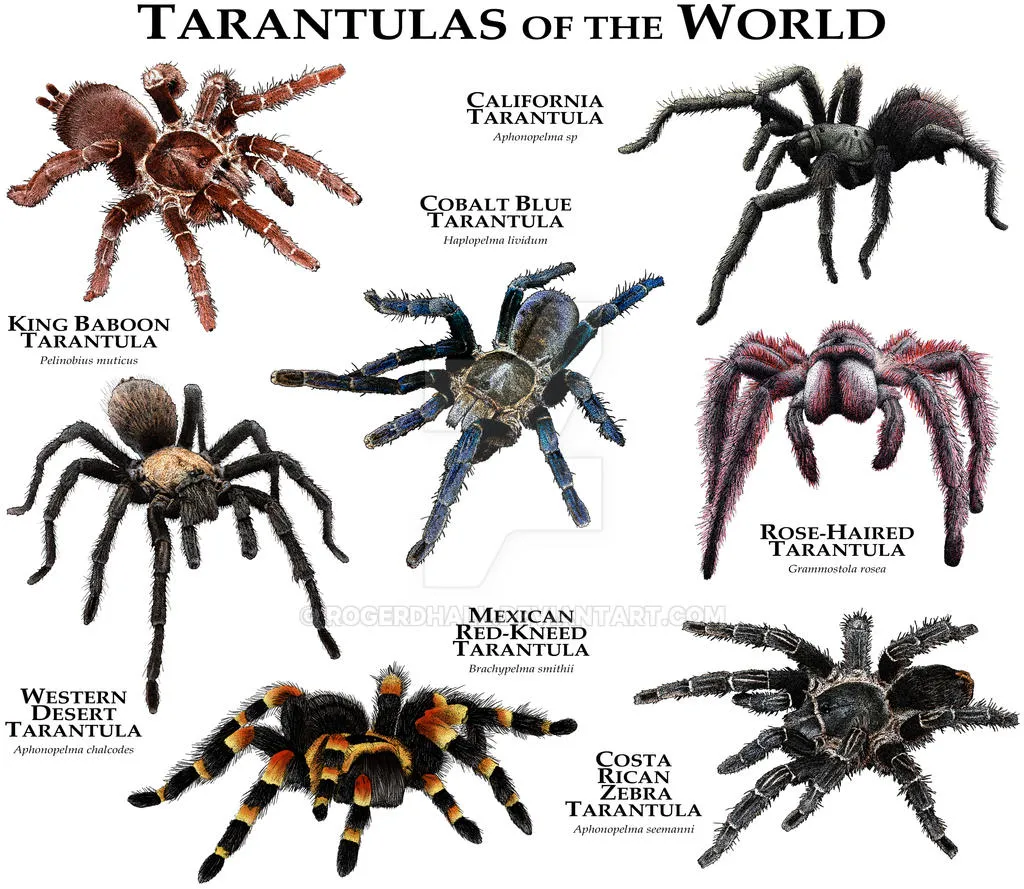
Weight is another essential factor in determining the “biggest” tarantula. Some tarantulas, even if they don’t have an incredibly long leg span, can be remarkably heavy due to their robust bodies and overall bulk. This measure provides insight into the mass and the physical strength of the tarantula. Weight is an indicator of the tarantula’s overall size and health and is a more accurate representation of their overall size. It is one of the determining factors that makes a spider the biggest of them all. It is important to measure both leg span and weight to understand the true size of a tarantula.
The Goliath Birdeater (Theraphosa blondi)
When the discussion turns to the biggest tarantula, the Goliath Birdeater, scientifically known as Theraphosa blondi, is almost always the first name that comes up. This South American species is a true behemoth in the spider world, and it certainly lives up to its intimidating name. Their size alone is a testament to the wonders of nature, a creature that truly stands out in the world of arachnids. It is important to remember that, as with any animal, the sizes and weight can vary between individuals and the environmental factors that they are subjected to.
Physical Characteristics
The Goliath Birdeater is famous for its massive size and robust build. They can have a leg span that reaches up to 12 inches or more, making them one of the largest spiders in the world. They are covered in dense hairs, which can be irritating to the skin. Their bodies are large and thick, giving them a substantial weight and a powerful appearance. Their fangs are quite formidable, although they generally use them for prey capture and defense rather than for aggression. The overall physical characteristics of these spiders make them instantly recognizable and awe-inspiring to observe.
Habitat and Range
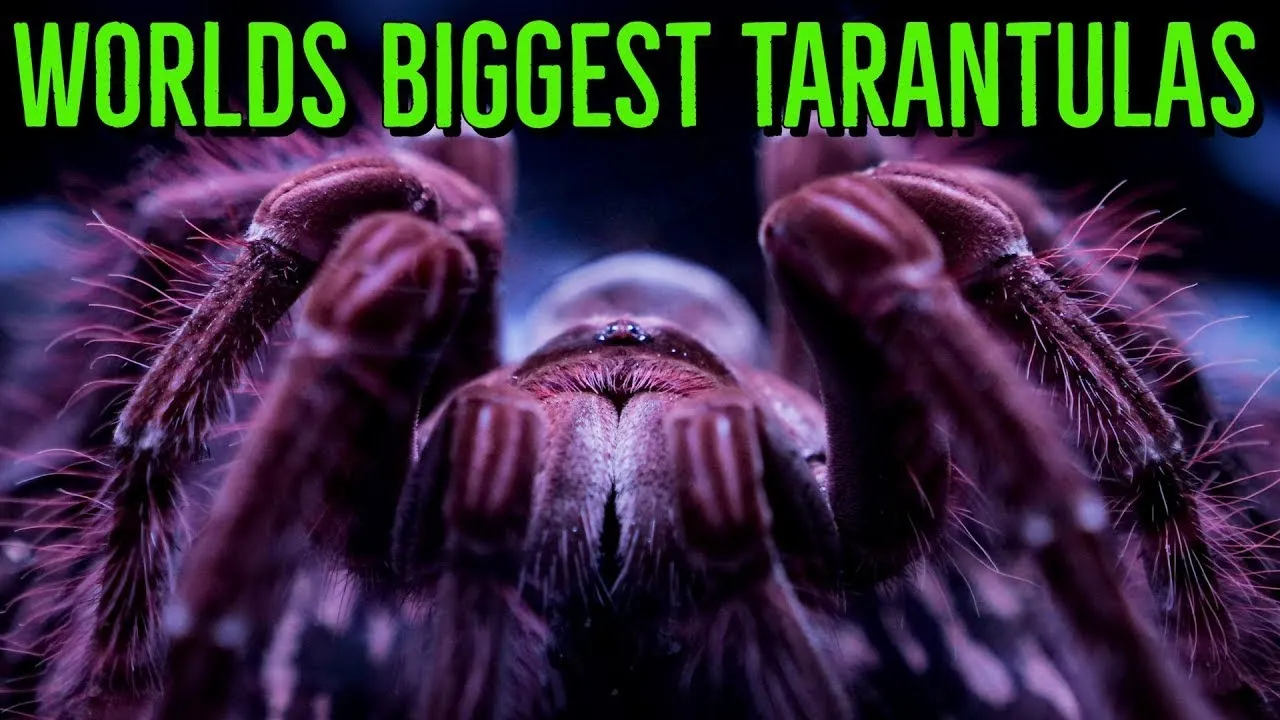
The Goliath Birdeater is primarily found in the rainforests of northern South America. They thrive in humid environments, constructing burrows in the ground or utilizing natural shelters like fallen logs or beneath rocks. These spiders prefer warm, tropical climates where they can hunt and thrive. Their habitat provides them with both shelter from predators and a constant supply of the insects and small animals that make up their diet. These environments support the growth of this massive spider, making their homes the perfect place for them.
Diet and Feeding Habits
Despite their name, Goliath Birdeaters rarely consume birds. Their diet primarily consists of large insects, such as beetles and grasshoppers, but they will also prey on small mammals, lizards, and sometimes even snakes. They are ambush predators, lying in wait for unsuspecting prey to come within striking distance. Their powerful fangs and potent venom allow them to subdue their meals. They have a strong appetite, and they can eat a lot of food in order to stay in top physical condition. The hunting strategy of the Goliath Birdeater makes them a very successful predator in their environment.
The Giant Huntsman Spider (Heteropoda maxima)
While the Goliath Birdeater often takes the crown in terms of weight and overall bulk, the Giant Huntsman spider, or Heteropoda maxima, is another strong contender. This species, found in the caves of Laos, is known for its incredibly long leg span. It is often said to have the largest leg span of any spider, making it a truly fascinating creature to study and observe. These spiders are a great addition to any list concerning the biggest tarantulas.
Size and Appearance
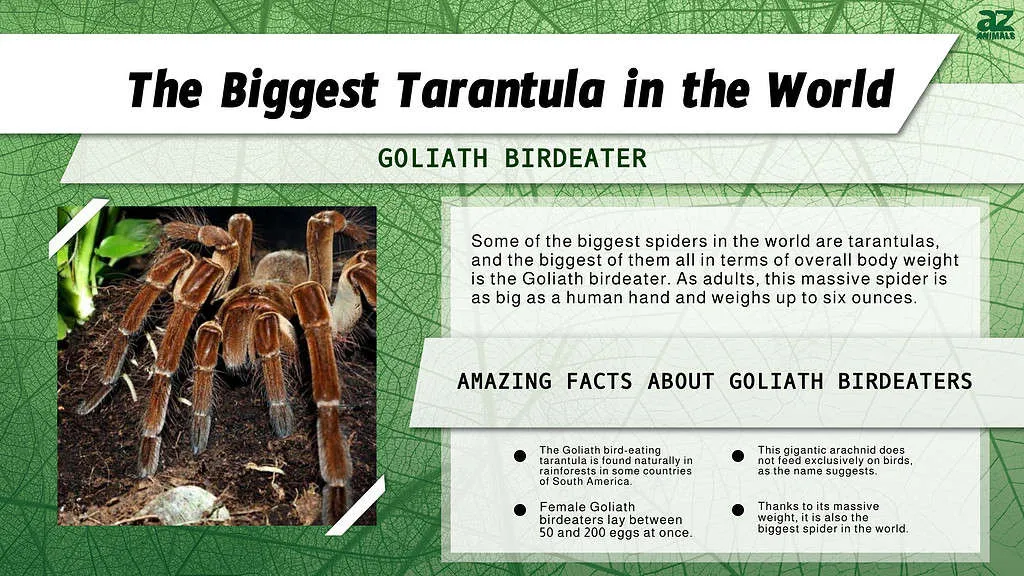
The Giant Huntsman Spider is characterized by its impressive leg span, which can reach up to 12 inches or more. Their bodies are relatively flat, and their legs are long and slender, allowing them to navigate their cave habitats with ease. Their color can range from yellowish-brown to grayish-brown, and their appearance can often be a source of both fascination and apprehension. Despite their size, they are known for their relatively docile temperament, though their presence is still striking. They have a distinctive look that separates them from the other tarantulas.
Where They Live
The Giant Huntsman Spider is unique because it is found specifically in the caves of Laos. The humid and sheltered environment provides them with a suitable habitat and a steady supply of food. They are well adapted to their cave dwelling, using their flat bodies to squeeze into crevices and their long legs to effectively traverse the uneven terrain. These spiders are rarely seen outside of their specific habitat, which adds to the mystique of their species. The specific habitat of these spiders is an important part of their life.
The Largest Tarantulas in the World
When discussing the largest tarantulas, it’s crucial to highlight that the title often depends on how “largest” is defined. As mentioned earlier, the Goliath Birdeater typically wins based on weight and overall bulk, while the Giant Huntsman Spider often takes the lead based on leg span. Various other species may also be contenders, with different characteristics placing them high on the list. Other spiders that are also worth mentioning include the Theraphosa apophysis and the Lasiodora parahybana. Deciding the ‘biggest’ can be a matter of perspective, showcasing the diversity of these spiders.
Other Notable Big Tarantulas
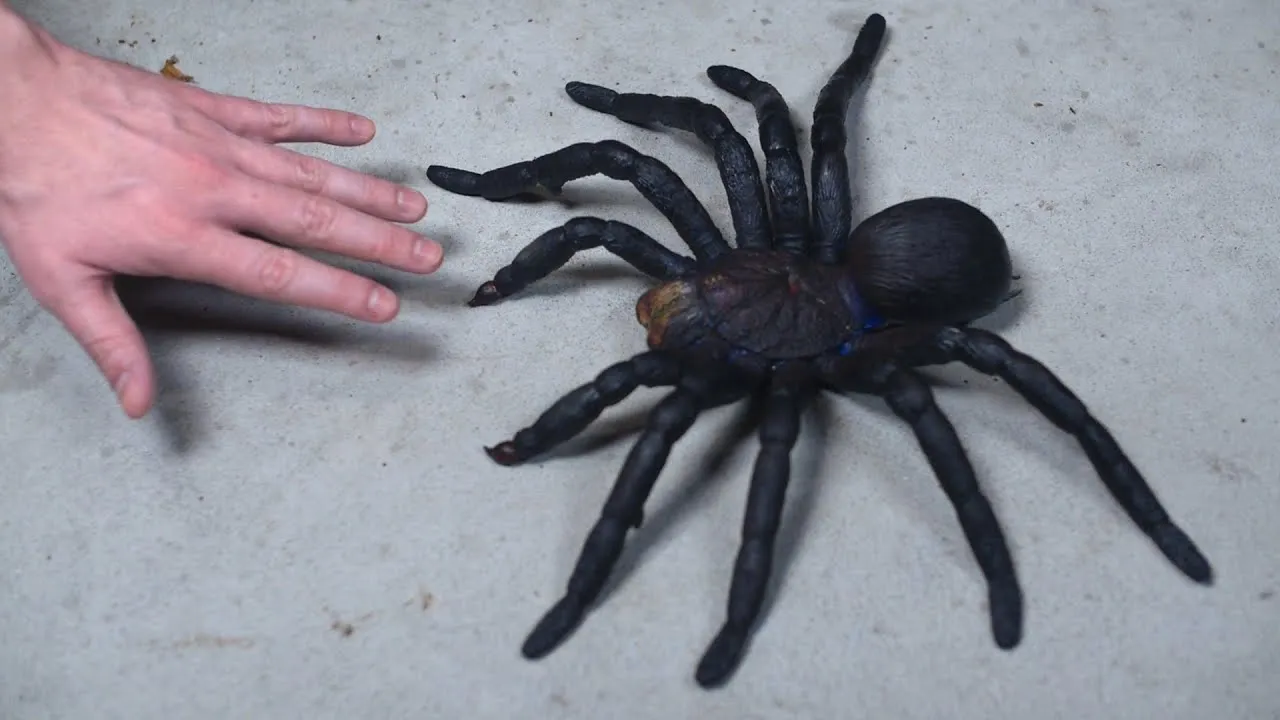
Besides the Goliath Birdeater and the Giant Huntsman Spider, several other tarantula species are noteworthy for their impressive size. The Theraphosa apophysis, sometimes called the Pinkfoot Goliath, is also quite large and can have a substantial leg span. The Lasiodora parahybana, or Brazilian Salmon Pink, is another giant, often kept as a pet due to its size and relatively docile nature. Each of these species adds to the incredible diversity and size range within the tarantula family. They contribute to the range of choices of tarantulas, and they provide an interesting view on the largest of the tarantulas.
Care Tips for Big Tarantulas
Keeping a large tarantula as a pet is a significant responsibility, and providing proper care is essential for their health and well-being. These spiders have very specific needs that must be met in order for them to thrive. Before getting one, it’s very important to research the species, as some have specific requirements. Their size demands a well-planned enclosure and consistent care routines. Proper care and attention will let the spiders thrive, so it is important to have a plan before getting one.
Enclosure Requirements
Large tarantulas need spacious enclosures that are appropriate for their size. The enclosure should be escape-proof, with secure lids or tops. The type of enclosure depends on the species, with burrowing species needing more substrate to dig in, while arboreal species need climbing space. Providing proper ventilation is crucial, along with maintaining the appropriate temperature and humidity levels. The enclosure should be furnished with hiding places, such as cork bark or artificial plants, to allow the spider to feel secure. Make sure to avoid enclosures that can cause harm to the tarantula.
Feeding and Hydration
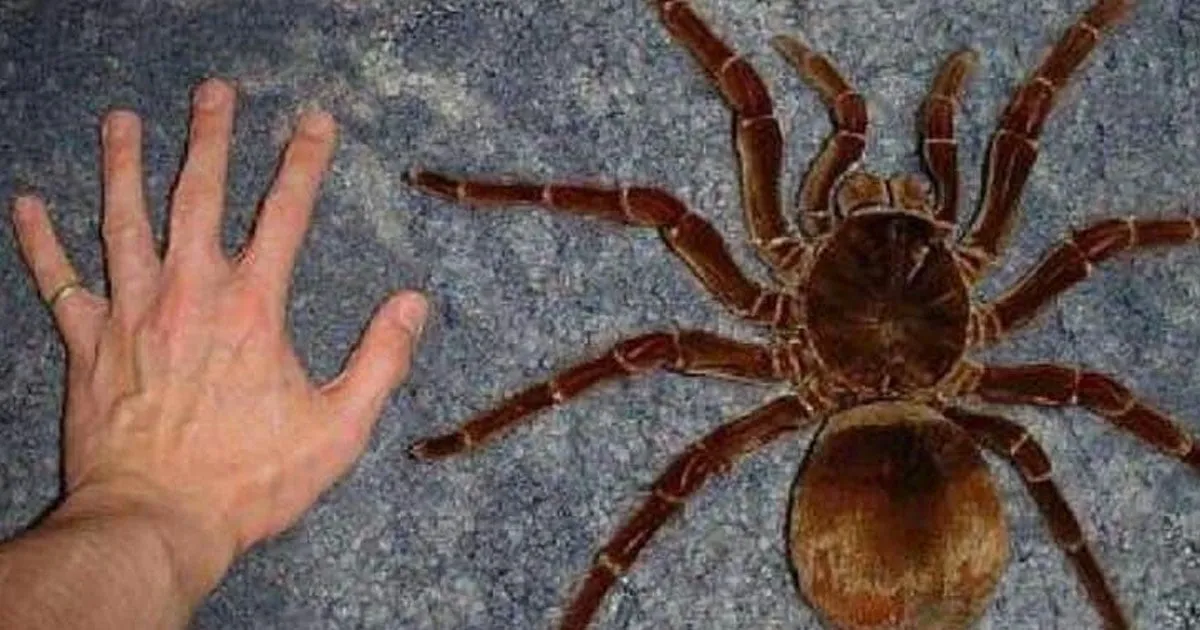
Feeding a big tarantula involves providing a diet of appropriately sized insects, such as crickets, roaches, or mealworms. The frequency of feeding depends on the spider’s age and metabolism, with juveniles needing to be fed more often. Ensure the tarantula has access to fresh water at all times, often in a shallow dish. Regular monitoring of the water and the removal of any uneaten food is crucial to prevent mold and maintain a healthy environment. Feeding the tarantula is critical to maintaining a healthy tarantula.
Handling and Safety
Handling large tarantulas should be done with caution. While many species are relatively docile, a bite from a large tarantula can be painful and may cause other symptoms. When handling, always do so over a soft surface to prevent injury in case the spider falls. It is also essential to be aware of the urticating hairs that some species can flick as a defense mechanism. These hairs can cause skin irritation, so avoid any unnecessary contact. Be sure to wash your hands thoroughly before and after handling and learn the proper handling techniques for the type of tarantula you own. Taking care is paramount to safety for both the spider and the keeper.
